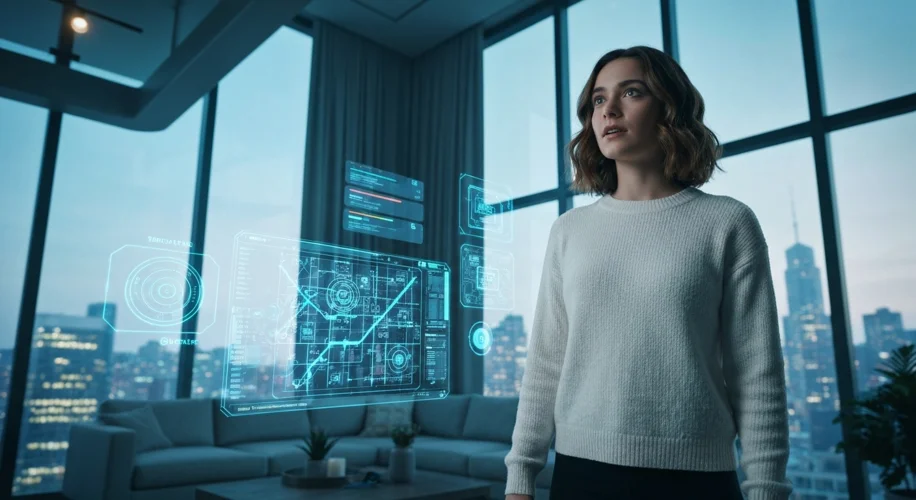Okay, so hear me out… Mixed Reality (MR) is pretty cool. We’ve got headsets that blend digital elements with our real world, creating some wild possibilities. Think about seeing virtual furniture in your actual living room before you buy it, or having holographic instructions float in front of you as you fix something. The tech is advancing fast, and companies are pouring a ton of money into it.
But here’s the catch: for all the potential, MR still feels like it’s searching for its breakout moment. We haven’t seen that one app, that one experience, that makes everyone want to jump into MR. You know, like how the iPhone didn’t really take off until the App Store arrived, or how smartphones became essential with things like email and social media on the go.
So, why is MR still on the hunt for its “killer app”?
The Tech is Still Evolving: While MR headsets are getting sleeker and more powerful, they’re not quite mainstream yet. They can still be bulky, expensive, and sometimes the tracking isn’t perfect. Plus, the content library needs to catch up. Developers are experimenting, but building truly compelling MR experiences takes time and resources.
Defining ‘Mixed Reality’ is Tricky: Is it just AR with more immersion? Is it a step towards full VR? The lines can get blurry, and that makes it harder for developers to know exactly what to build and for consumers to understand what they’re getting.
The “Why Now?” Factor: For many people, the current MR applications are neat, but not essential. Sure, it’s cool to see virtual pets in your room, but does it change your daily life significantly? We need experiences that offer a real, tangible benefit or a level of entertainment that can’t be found elsewhere.
What Could Be the Killer App?
This is where it gets exciting. Imagine these scenarios:
- Hyper-Realistic Remote Collaboration: Forget flat video calls. Picture yourself in a virtual meeting room with holographic avatars of your colleagues, manipulating 3D models together in real-time. This could totally change how teams work, especially those spread across the globe.
- Immersive Education and Training: Medical students could practice surgery on virtual patients with incredibly realistic feedback. Mechanics could learn complex repairs with holographic guides overlaid on real machinery. This kind of hands-on, risk-free learning is a game-changer for skill development.
- Next-Level Entertainment: Beyond gaming, think about attending live concerts as if you were there, or exploring historical sites with interactive holographic guides. The potential for deeply engaging entertainment is huge.
- Personalized Productivity: Imagine your digital workspace extending into your physical environment – virtual monitors appearing wherever you look, seamlessly integrated with your physical keyboard and mouse.
The Opportunity for Developers
While the challenges are real, the opportunity for developers is massive. Creating intuitive interfaces, solving unique interaction problems, and crafting genuinely engaging content are the keys. It’s about moving beyond novelty and delivering real utility or unparalleled fun.
For users, it’s about patience and exploration. Keep an eye on how MR evolves. The hardware will get better, and the software will catch up. The “killer app” might be something we haven’t even thought of yet, but when it arrives, it’s going to redefine how we interact with our digital and physical worlds. It’s still early days, but the potential is definitely there.

